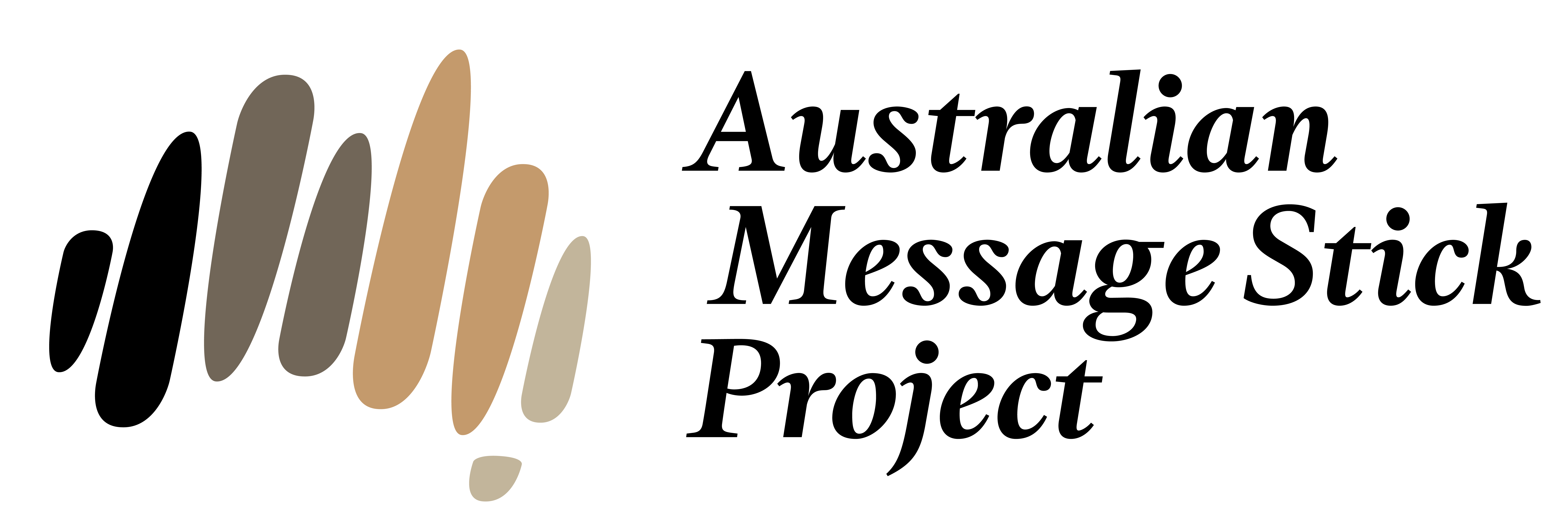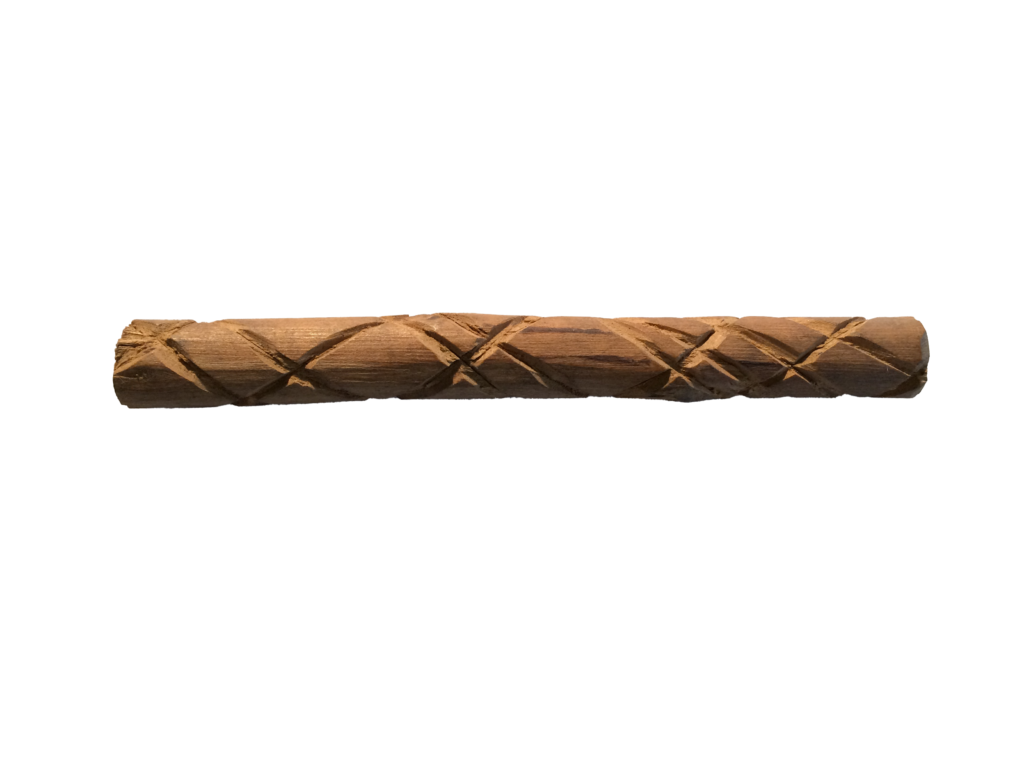Message sticks are marked wooden devices used for long-distance communication. Sent between far-flung clans across the vast Australian continent, knowledge about them continues to be passed on within First Nations communities.
Whenever something important needed to be communicated, a sender would compose an oral message to be delivered to a recipient living at some distance on the other side of a political boundary. The sender would then appoint a messenger and begin carving a message stick, explaining how the signs on the stick related to the spoken message. The messenger then carried the object to its intended recipient and reproduced the message orally while pointing to the relevant marks. The recipient might then carve a response message stick as a reply to the original sender.
In the Top End of Australia, message stick communication of this kind still took place up until at least the late 1970s and it remains in the living memory of elderly specialists. Message sticks have been revived throughout Australia, typically for use in formal public interactions between institutions.
Our project seeks to understand where message sticks are currently conserved in world collections, how they were traditionally used, and how their uses and meanings have adapted over time.
At the heart of our project is the Australian Message Stick Database, a repository of information on over 1400 objects from across Australia. It is scheduled for official launch in 2024.



